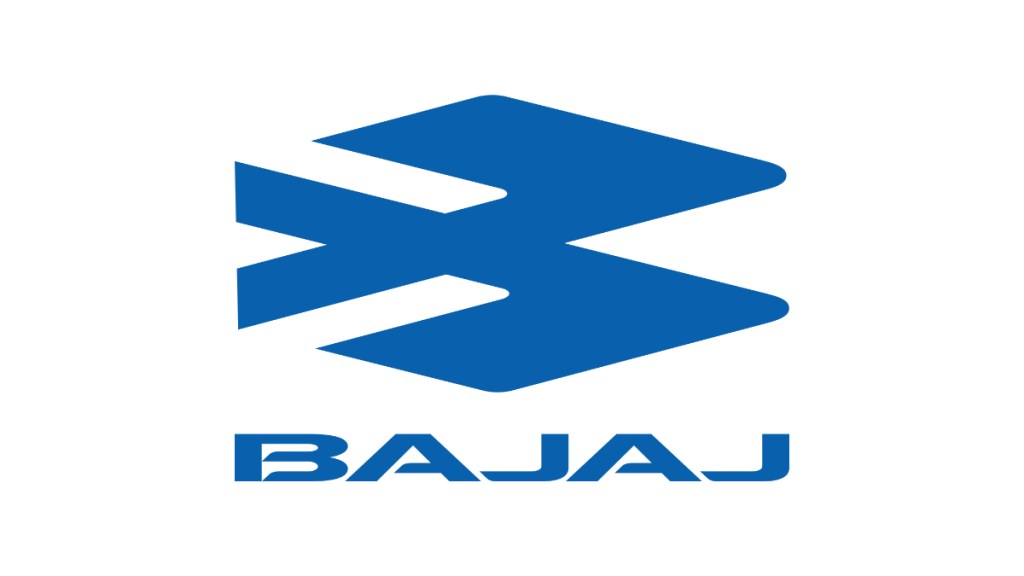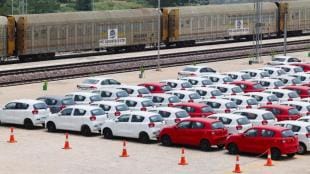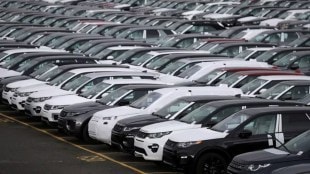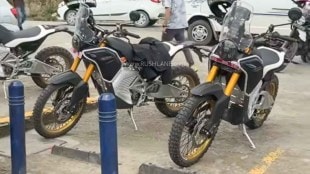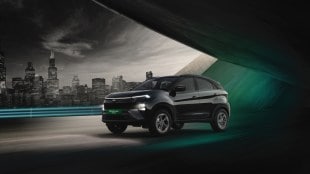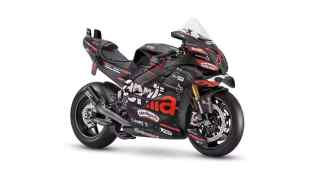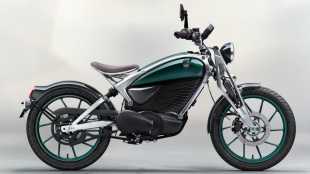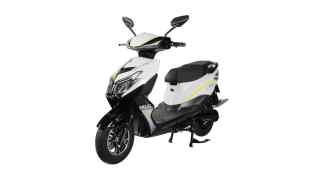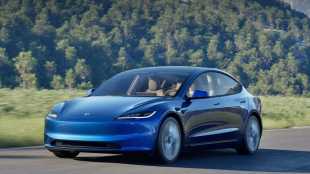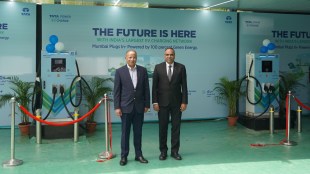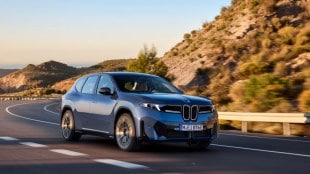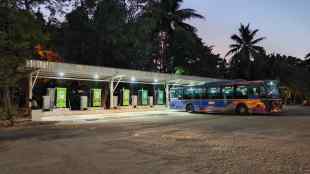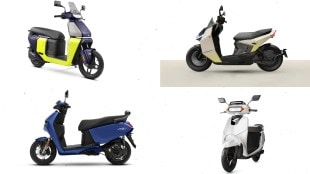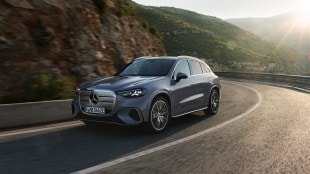A year after launching the world’s first compressed natural gas (CNG) motorcycle, Bajaj Auto’s bold move into the commuter segment seems to be not taking off. The Freedom 125, aimed at boosting the company’s market share in the vital 100–125cc category, is struggling amid lukewarm demand, which trend analysts attribute to high pricing, weak infrastructure and uncertain policy support.
Monthly retail sales dropped to 3,684 units in April, the lowest since its July 2024 debut. Despite initial dispatches of over 67,000 units by November, cumulative retail sales have lagged at 55,585 units till April.
While Bajaj Auto declined to speak on the bike’s performance and the road ahead, market analysts point to a combination of factors undermining the bike’s uptake. “CNG prices, increasingly tied to global trends due to rising imports, are cutting into the Freedom’s cost advantage. Limited pump access and cheaper electric alternatives only add to the drag,” said Preetesh Singh, mobility specialist at NRI Consulting & Solutions.
Bajaj Auto hoped the Freedom 125 would help it break out of its long-standing 12% share in the two-wheeler market. While rivals like TVS and Suzuki have gained ground, and Hero MotoCorp’s dominance has waned, Bajaj has struggled to make a meaningful dent. Its pivot from the shrinking 110cc category to the 125cc segment, now about 30% of the market, was strategically sound but seems to have fallen short on the execution front.
“The products lack freshness and appeal. There are worries around resale value and durability. That it’s the only CNG option available also makes buyers hesitant,” said Puneet Gupta, director at S&P Global Mobility. “Early adopters in this segment want more than just efficiency. They want features and style too,” he said.
Billed as cost-efficient, the Freedom 125 features dual fuel tanks (2kg CNG and 2L petrol) and was promoted with an operating cost of Rs 0.76/km in Delhi. But that figure drops sharply in cities like Noida or Dehradun, where higher CNG prices reduce the savings to around Rs 0.36/km. Sparse pump availability outside metros further blunts the value pitch.“The real cost benefit is largely restricted to Delhi.
Even if someone rides 100 km daily, which is rare for most, the monthly savings max out at around Rs 1,000. That’s hardly worth the daily hassle,” said Nikhil Dhaka, vice president at Primus Partners.He adds that in contrast, a CNG car can save Rs 3,500 or more per month under similar use cases in regions like Uttarakhand.The Freedom’s 202 km CNG range and long refuelling queues contrast poorly with petrol-powered peers like the Pulsar N125, which offers nearly 489 km per tank, and electric options like the Chetak, which runs at just Rs 0.23/km when charged at home.
At Rs 90,976 (ex-showroom), the Freedom 125 doesn’t offer a compelling financial case over petrol bikes and is pricier than many emerging electric models. Companies like Ola Electric are rolling out cheaper EVs, while rental platforms such as Yulu are gaining traction among gig economy riders, precisely the demographic Bajaj was targeting.“There’s no demand. Customers don’t like the design or low height,” said a Bajaj dealer in Delhi, adding that foot traffic is still drawn to proven names like Platina and Pulsar.
Though launched in Pune and expanded to over 350 towns, 60% of Freedom 125’s sales come from just five CNG-dense states of Maharashtra, Gujarat, Uttar Pradesh, Delhi, and Haryana. Even in these markets, infrastructure gaps and long pump wait times persist.
\Sales peaked during the festive season last October–November, briefly crossing 10,000 units monthly, but have since dipped below 5,000. A December price cut of up to Rs 10,000 failed to stem the slide.In January, Bajaj’s executive director Rakesh Sharma said the company would focus on high-usage segments like fleet and gig workers, rather than chase mass-market volumes.
But even this strategy faces headwinds. EV penetration in the two-wheeler market has crossed 7% in FY25, with over a million units sold. With growing charging infrastructure and government incentives, electric models are fast becoming the preferred option for high-mileage users.“With EVs offering better economics and green appeal, CNG is losing relevance. Plus, without tax breaks, dealers have little incentive to push it. Unlike EVs, CNG hasn’t caught on as aspirational,” said Gupta.
“CNG two-wheelers aren’t the future, flex-fuel might be,” he said.At its launch, managing director Rajiv Bajaj had pitched the Freedom as a platform for future expansion across styles and engine sizes. But with no GST relief in sight – the Freedom is taxed at 28%, the same as petrol bikes and higher than EVs – the economics remain unfavourable.For now, Bajaj Auto finds itself squeezed between a rising tide of electric adoption, weak CNG infrastructure, and a commuter base unconvinced by its innovation.
